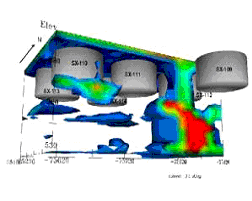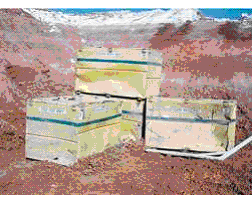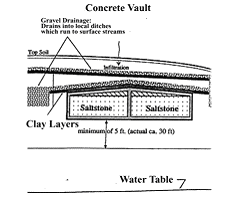Overview: Aging structures in DOE facilities run a significant risk of damage by corrosive environment and waste contents, resulting in dangerous leaks into the underlying soil and water. Since the late 1950s, several cases of waste leaks have been detected and suspected. In the coming years, increasing numbers of tanks at Hanford will exceed their average life expectancy of about 50 years. This makes the aging/corrosion damage assessment of DOE structures increasingly important. Much testing work has been done during the past decades to study the resistance of different materials to corrosion, while efforts at developing time-dependent deterioration models are fewer in number. Due to the large amounts of variability and uncertainty in the progressive damage process, the proper approach to damage risk assessment is a unique combination of corrosion process modeling with advanced stochastic modeling based on the concepts of structural reliability. This assessment will also provide an approach to evaluating long-term integrity of other containment structures, including engineered disposal sites.
Research at Vanderbilt University is addressing the effect of the underground environment on the external surface, and the effect of the nuclear waste contents on the internal surface of the waste disposal structures in developing a reliability analysis methodology. The elements of the reliability methodology include: (1) modeling of the damage process, (2) identification of the stochastic variables and their statistics, (3) development of appropriate limit-states, and (4) investigation of the effects of environmental, material and construction factors on structural reliability.
Two types of structures are currently being investigated: (1) Steel boxes in engineered trenches used for storing low-level waste; and (2) Proposed underground concrete vaults for storing grouted high level waste (saltstone). In the first problem, pitting corrosion damage modeling has been investigated and combined with reliability analysis. In the second problem, the effect of humidity, temperature, carbonation, chloride diffusion, freeze/thaw cycles, wetting/drying cycles etc. on plain and reinforced concrete degradation and permeability are examined and combined with probabilistic analysis for integrity assessment. A finite element-based computational methodology is developed to computer the effect of multiple coupled degradation processes on the mechanical stress distribution and crack propagation in concrete.
 |
 |
 |
| Leakage of High-level Radioactive Waste Storage tank |
Low-level Radioactive Waste Storage |
Concrete Vault |